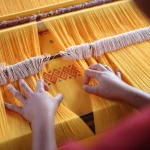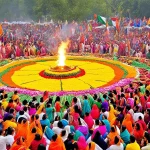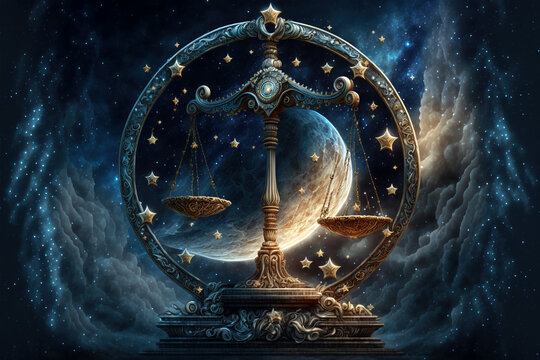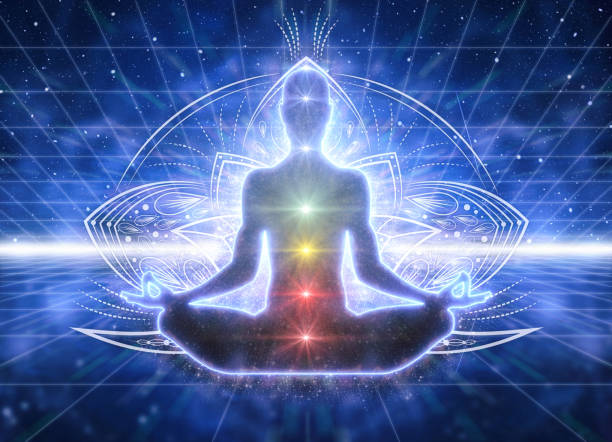Traditional Storytelling in India: From Kathakali to Puppetry
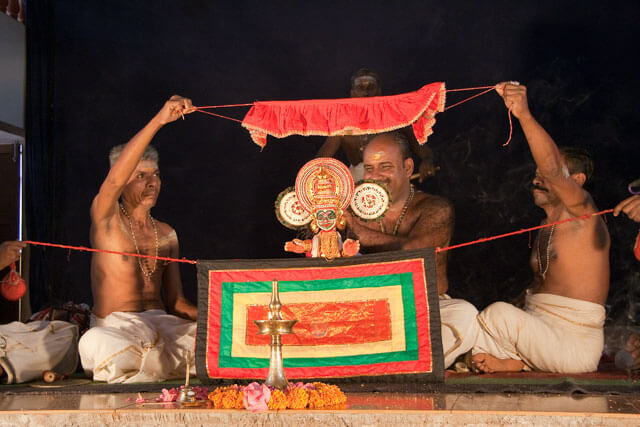
India’s storytelling traditions are as diverse as its cultures, regions, and languages. Over thousands of years, these traditions have evolved, shaped by regional folklore, religious narratives, and societal customs. In India, storytelling has never been limited to books and oral narratives alone; it has been a vibrant, multi-sensory experience. From the graceful dance-drama of Kathakali to the enchanting world of puppetry, traditional storytelling in India has often been woven into live performances that blend music, movement, and visuals. These forms not only entertain but also serve as carriers of cultural values, religious teachings, and historical events.
In a world where digital media and technology dominate, the essence of traditional storytelling is still cherished in many parts of India. These age-old art forms are not just about entertainment; they are vehicles for social change, education, and cultural preservation. Let’s delve into some of the most significant traditional storytelling methods in India, with a focus on Kathakali and puppetry, two of the most mesmerizing forms.
Kathakali: A Fusion of Dance, Drama, and Music
Kathakali, originating from the state of Kerala, is one of the most famous classical dance-drama traditions in India. It is a powerful medium of storytelling that combines dance, music, and acting to narrate mythological stories, often drawn from Hindu epics like the Ramayana and Mahabharata. The word ‘Kathakali’ translates to “story play,” which perfectly encapsulates the essence of this intricate art form.
The performances of Kathakali are known for their elaborate costumes, detailed facial makeup (known as “Kalam” or “makeup”), and expressive dance movements. The characters, including gods, demons, and heroes, are portrayed through a complex system of hand gestures (mudras) and facial expressions (abhinaya). The actors do not speak; instead, they convey the emotions and stories through their body movements, gestures, and eye expressions. The performances are accompanied by live music, including percussion instruments like chenda and maddalam, and vocal chants that narrate the story.
Kathakali’s intricate storytelling often brings to life scenes from epics, with themes of good versus evil, love, betrayal, and valor. It is an immersive experience that invites the audience to witness the drama unfold through a combination of visual spectacle and symbolic expressions. The elaborate rituals of Kathakali make it an art form that demands years of training, and its performances are a testament to the dedication of the artists who keep this tradition alive.
Puppetry: Bringing Stories to Life through Marionettes and Shadow
Puppetry, another fascinating form of traditional storytelling in India, has a long and varied history. There are several types of puppetry in India, each reflecting the distinct cultural influences and folk traditions of different regions. From string puppets (marionettes) in Rajasthan to shadow puppets in Tamil Nadu, puppetry has served as both entertainment and a way to communicate moral lessons, social issues, and historical events.
String puppetry, or Kathputli, is perhaps the most well-known form of puppetry in India. Originating from Rajasthan, Kathputli puppets are made from wood, cloth, and strings and are manipulated by skilled puppeteers. The performances are often set to folk music and involve storytelling through dialogue, songs, and dance. These puppets are used to narrate various stories, ranging from love stories to fables, and are often performed at weddings, festivals, and fairs.
In shadow puppetry, or Tholu Bommalata, the puppets are made from leather and cast shadows on a white screen when illuminated by light. This form is particularly popular in South India, with the famous Tolu Bommalata of Andhra Pradesh being a prime example. The puppets are intricately designed, and the puppeteers narrate stories using folk songs and chants. The performances are often based on mythological themes, including stories from the Ramayana and Mahabharata.
The magic of puppetry lies in its ability to bring stories to life with minimal props, relying entirely on the skill of the puppeteer to evoke emotions and convey the narrative. The storytelling is visual, relying on the movements of the puppets, the lighting, and the music to draw the audience into the world of the story. Puppetry is not only a form of entertainment but also serves as a medium to preserve cultural stories and traditions.
Folk Theater: The Heart of Indian Storytelling
In addition to Kathakali and puppetry, folk theater has been an important part of India’s storytelling tradition. Various regional forms of folk theater, such as Jatra in West Bengal, Tamasha in Maharashtra, Yakshagana in Karnataka, and Ramlila in Uttar Pradesh, bring mythological, historical, and local stories to life.
Each of these forms incorporates a unique blend of drama, music, dance, and dialogue, creating an immersive experience for the audience. In Yakshagana, for example, the performances are elaborate and colorful, with larger-than-life characters, intricate choreography, and dramatic music that narrate episodes from Hindu mythology. Similarly, Ramlila is a popular form of folk theater that portrays the life and adventures of Lord Rama, often performed during the festival of Dussehra.
Folk theater in India often has a strong moral or religious undertone, reinforcing the values of virtue, justice, and heroism. The performances take place in open-air settings, with large audiences participating actively in the drama. This tradition of folk theater is a testament to the way in which storytelling, through live performance, has been a communal and participatory experience in India for centuries.
The Preservation of Traditional Storytelling in the Modern Era
In the modern era, traditional forms of storytelling face challenges, especially with the rise of digital media and mass entertainment. However, efforts are being made to preserve and promote these ancient art forms. Various cultural organizations, festivals, and educational institutions are working to keep these traditions alive by organizing workshops, performances, and festivals that showcase the beauty of Kathakali, puppetry, and folk theater.
With the growing interest in cultural preservation, there is also an increasing recognition of the role of traditional storytelling in promoting India’s rich cultural heritage. These art forms are not only vital for maintaining the country’s cultural identity but also serve as valuable tools for education and social engagement.
Conclusion
Traditional storytelling in India, through mediums like Kathakali and puppetry, is an essential aspect of the country’s cultural fabric. These art forms, with their rich history, intricate performances, and deep symbolic meanings, continue to captivate audiences and serve as a bridge between the past and the present. As India embraces modernity, the preservation and promotion of these ancient storytelling traditions remain crucial for ensuring that future generations can experience the beauty and wisdom of India’s rich cultural heritage. By keeping these traditions alive, India honors its past while paving the way for a culturally enriched future.







